renewable energy transition
description: the ongoing energy transition which aims at replacing fossil fuels with renewable energy
10 results
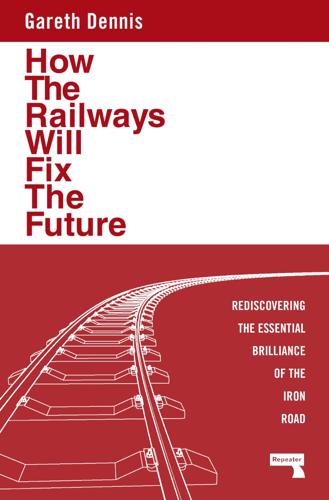
How the Railways Will Fix the Future: Rediscovering the Essential Brilliance of the Iron Road
by
Gareth Dennis
Published 12 Nov 2024
The industrial revolution widened these primary resource demands in the 1800s to include tin, tungsten, magnesium, copper, manganese and lead. By the 1900s, the list of core consumable resources had diversified further to include platinum, silicon, thorium, titanium, vanadium, molybdenum, nickel, cobalt, chromium, aluminium and a variety of rare-earth metals. The mineral requirements of the “renewable” energy transition, alongside the complexifying nature of our technology, has widened this pool of critical elements even further in the 2000s, adding rhodium, tantalum, tellurium, uranium, ruthenium, indium, potassium, lithium, niobium, phosphorous, rhenium, germanium, gallium, cadmium and silver to the list.

Climate Change
by
Joseph Romm
Published 3 Dec 2015
It is ironic, as one of the Stanford authors noted, “At the moment, Germany makes up about 40% of the installed market, but sunshine in Germany isn’t that great. So from a system perspective, it may be better to deploy PV systems where there is more sunshine.” Germany has done the world a great favor by investing so heavily in its renewable energy transition, which has helped to bring down the cost of solar energy for every country. However, solar power is considerably more cost-effective in places where it is sunnier longer during both the day and year, such as the Southwest United States and the Middle East. This is another reason we can expect the amount of solar PV generated to continue its rapid increase.
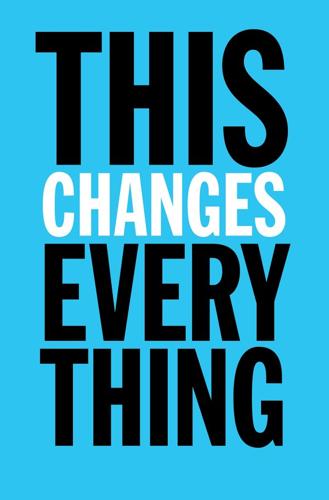
This Changes Everything: Capitalism vs. The Climate
by
Naomi Klein
Published 15 Sep 2014
The cities of Frankfurt and Munich, which had never sold off their energy grids, had already joined the transition and pledged to move to 100 percent renewable energy by 2050 and 2025, respectively. But Hamburg and Berlin, which had both gone the privatization route, were lagging behind. And this was a central argument for proponents of taking back Hamburg’s grid: it would allow them to get off coal and nuclear and go green.5 Much has been written about Germany’s renewable energy transition—particularly the speed at which it is being achieved, as well as the ambition of its future targets (the country is aiming for 55–60 percent renewables by 2035).6 The weaknesses of the program have also been hotly debated, particularly the question of whether the decision to phase out nuclear energy has led to a resurgence of coal (more on that next chapter).
…
That would mean partially compensating Ecuador for what it would have earned from oil revenues had it opted to drill. As Esperanza Martínez, president of Acción Ecológica, explained, the “proposal establishes a precedent, arguing that countries should be rewarded for not exploiting their oil. . . . Funds gathered would be used for the [renewable] energy transition and could be seen as payments for the ecological debt from North to South, and they should be distributed democratically at the local and global levels.” Besides, she writes, surely “the most direct way to reduce emissions of carbon dioxide was to leave fossil fuels in the ground.”30 The Yasuní plan was based on the premise that Ecuador, like all developing countries, is owed a debt for the inherent injustice of climate change—the fact that wealthy countries had used up most of the atmospheric capacity for safely absorbing CO2 before developing countries had a chance to industrialize.
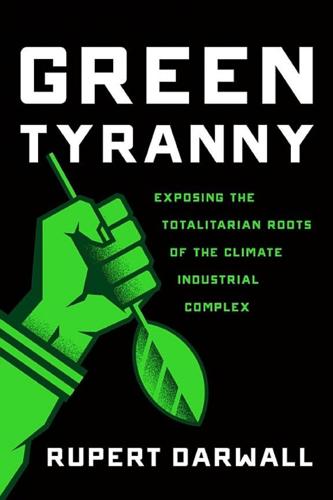
Green Tyranny: Exposing the Totalitarian Roots of the Climate Industrial Complex
by
Rupert Darwall
Published 2 Oct 2017
Germany’s chief solar lobbyist and architect of the renewable energy law was inspired by an early-twentieth-century scientist, Wilhelm Ostwald. Much as modern environmentalists do, Ostwald believed that society’s energy consumption should be no greater than what the Earth receives each year from the sun (Chapter 12). The renewable energy transition would cost the equivalent of a scoop of ice cream on monthly electricity bills, the Greens claimed. Nine years after the scoop of ice cream came a revised price tag—€1 trillion ($1.13 trillion). Soaring electricity bills led to a consumer backlash. Renewables turned out to be an engine of financial destruction, costing shareholders of the three quoted German utility companies nearly €70 billion ($79b) and consumers €269 billion ($304b) in higher electricity bills.
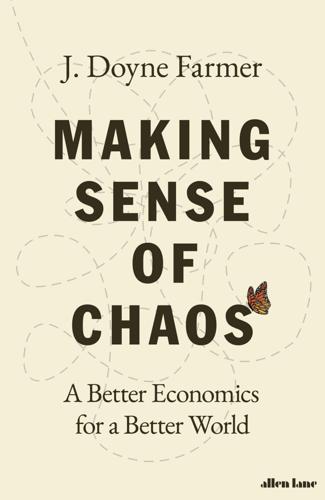
Making Sense of Chaos: A Better Economics for a Better World
by
J. Doyne Farmer
Published 24 Apr 2024
With the 1.4 per cent discount rate advocated in the Stern Review on the Economics of Climate Change, compiled by the UK government in 2006, the average savings of our Fast Transition would amount to $12 trillion.27 Because rapid deployment brings us down the learning curve faster, so that costs become lower sooner, the Fast Transition is also substantially cheaper than the Slow Transition. There are potential barriers to implementing the renewable-energy transition quickly. Perhaps the most important is expanding the capacity of the electrical grid. Electricity plays a much larger role in a world of renewable energy – all vehicles, for example, will need to switch from fossil fuels to either electricity or hydrogen-based fuels. We estimate that grid capacity will need to be expanded by a factor of 4.

Apocalypse Never: Why Environmental Alarmism Hurts Us All
by
Michael Shellenberger
Published 28 Jun 2020
One pioneering study found that in the case of Germany, where nuclear and hydroelectric dams produce seventy-five and thirty-five times more in energy, respectively, than is required to make them, solar, wind, and biomass produce just 1.6, 3.9, and 3.5 times more.89 Coal, gas, and oil return about thirty times more energy than they require.90 Just as the far higher power densities of coal made the industrial revolution possible, the far lower power densities of solar and wind would make today’s high-energy, urbanized, and industrial civilization impossible. And, as we have seen, for some advocates of renewables, that has always been the goal. In its 2019 exposé, Der Spiegel concludes that Germany’s renewable energy transition was just done incorrectly,91 but that’s misleading. The transition to renewables was doomed because modern industrial people, no matter how romantic they are, do not want to return to pre-modern life. 6. Why Dilute Energy Destroys Since the 1970s, when the renewable energy agenda was proposed as an alternative to nuclear, most scenarios for 100 percent renewables depended heavily on burning biomass when the sun wasn’t shining and the wind wasn’t blowing.
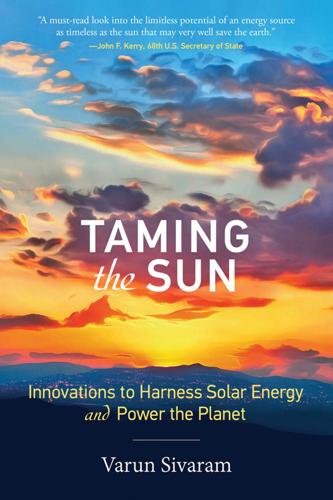
Taming the Sun: Innovations to Harness Solar Energy and Power the Planet
by
Varun Sivaram
Published 2 Mar 2018
Each year, a new curve graphed the power that Californian consumers would expect the grid to deliver after they had consumed all of the solar power generated in the middle of the day. Plotted together, the various curves took on the unmistakable shape of … a duck. Excited to have boiled a complex concept down to a tractable bath toy, CAISO adopted the “duck curve” as the mascot of its campaign to educate the public about the difficulties of the renewable energy transition. Figure 3.4 California’s duck curve. This is an updated version of the original figure created by the California grid operator (CAISO) to predict the increasing strain on California’s grid as the penetration of solar power increased. CAISO’s original projection of a more than 1,000 MW/h ramp requirement in 2020 arrived three years ahead of schedule.
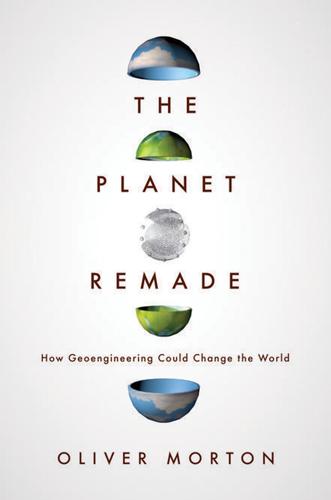
The Planet Remade: How Geoengineering Could Change the World
by
Oliver Morton
Published 26 Sep 2015
And as far as the end user is concerned, renewable electricity is just another form of electricity – it offers no advantage as a means of powering things, even if generating the electricity that way has various charms. Its benefits are felt at the level of the system, not at the level of the individual buyer. That means a renewable-energy transition will need significant pushing. As with Grübler’s observations about the time transitions take, this points merely to decarbonization being unprecedented, not impossible. But the best example in recent history of an energy transition that governments tried to push through, rather than simply letting users pull, is not very encouraging.

The Price Is Wrong: Why Capitalism Won't Save the Planet
by
Brett Christophers
Published 12 Mar 2024
Thangzason, ‘Renewable Energy and Electricity Price Dynamics in India’, RBI Bulletin, May 2019, rbi.org.in, p. 27. 31 IEA, ‘Renewables 2021: Analysis and forecast to 2026’, December 2021, iea .org, pp. 43–4. 32 ‘Will India Become a Green Superpower?’, Economist, 20 October 2022. 33 R. Baruah, ‘No Takers for Green Power Worth 5 GW’, 28 October 2022, livemint. com. 34 Ibid. 35 ‘Will India Become a Green Superpower?’ 36 D. Ghosh, G. Bryant and P. Pillai, ‘Who Wins and Who Loses from Renewable Energy Transition? Large-Scale Solar, Land, and Livelihood in Karnataka, India’, Globalizations (2022). 37 Kumar Shukla, Thangzason Sonna and Kumar Srivastava, ‘Renewable Energy – The Silent Revolution’, p. 227. 38 M. Davidson, ‘Policymaking and Energy Supply and Demand in China’s Domestic Economy’, 17 March 2022, china.ucsd.edu, p. 2. 39 A.
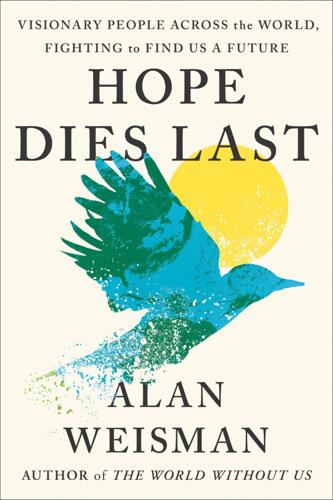
Hope Dies Last: Visionary People Across the World, Fighting to Find Us a Future
by
Alan Weisman
Published 21 Apr 2025
“Arctic Council Affirms It: The Arctic Is Warming at ThreeTimes the Global Rate.” Arctic Business Journal, May 25, 2021. https://www.arctictoday.com/arctic-council-affirms-it-the-arctic-is-warming-at-three-times-the-global-rate. Seibert, M. K., and W. E. Rees. “Through the Eye of a Needle: An Eco-Heterodox Perspective on the Renewable Energy Transition.” Energies 14 (2021): 4508. https://doi.org/10.3390/en14154508. Siegert, Martin, Mike J. Bentley, Angus Atkinson, Thomas J. Bracegirdle, Peter Convey, Bethan Davies, Rod Downie, et al. “Antarctic Extreme Events.” Frontiers 11 (2023). https://doi.org/10.3389/fenvs.2023.1229283. Steffen, Will, Johan Rockström, Katherine Richardson, Timothy M.